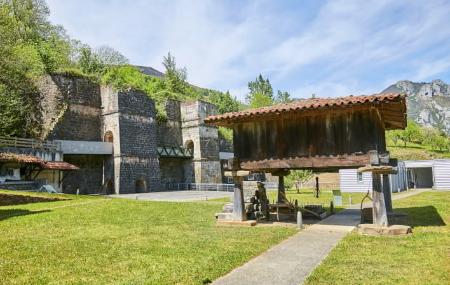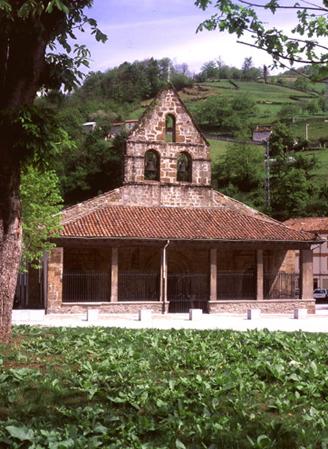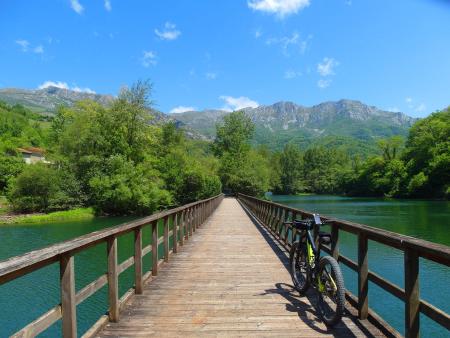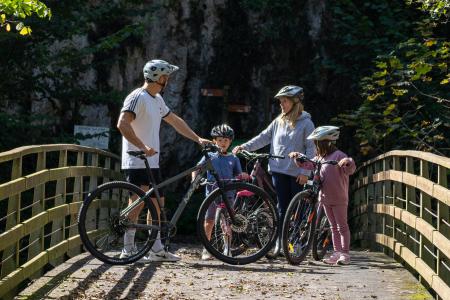Teverga-Rioseco
- Address Samartín, Bárzana, La Pola, Cabanaquinta/Cabañaquinta, Rusecu/Rioseco
- Distance Distance: 106 kms
- Difficulty Difficulty: Muy Dura
- Total ascent Total ascent: 2040 m
- Maximum altitude Maximum altitude: 1173 m
- Minimum altitude Minimum altitude: 240 m
- IBP index IBP index: 150
- Route Great route,Ruta de los Parques Naturales,Vuelta a Asturias
- Type of bicycle Type of bicycle: Road
- Type of route Type of route: Linear
- Return by Train Return by Train: No
We leave Teverga heading north-east along the Senda del Oso, parallel to the river Teverga, flattening out until we reach the confluence of the valleys of the river Teverga and the river Trubia, where we change course to head towards the Valdemurio reservoir. The path runs through a gallery forest alternating with clearings that allow us to appreciate the beauty of the landscape, until we reach the limestone wall, in the vicinity of Valdemurio, crossed by a well-lit tunnel 103 m long.
We continue towards Bárzana, capital of the council of Quirós, a meeting place for climbing enthusiasts; we follow this road to Santa Marina, where we cross the river Quirós to continue on a gentle ascent towards the bottom of the valley. We will drive along a winding road for 9 km until we reach the start of the mythical ascent to the Alto de La Cobertoria (1173 m altitude), which joins the municipalities of Quirós and Lena. The road alternates between stretches of asphalt in good condition and others in rough terrain, immersed in a forest that opens up as the altitude increases until we reach the pass. It offers impressive views of the Lindes beech forest and peaks such as Peña Rueda, the Sierra del Gorrión, Sierra de Sobia, Sierra de Gradura and the peaks of the Puertos de Agüería.
The route continues downhill for 11 km to La Pola, in Lena, to enter the mining valleys. We now head up towards Carabanzo and then reach the bottom of the valley of the Aller River, through which we will travel to Cabanaquinta/Cabañaquinta. Along this route we will be able to observe the mining vestiges of a bygone era of industrial bonanza.
At Cabanaquinta/Cabañaquinta we take the junction towards La Pola Llaviana/Pola de Laviana, and begin the tough 5 km ascent, without resting, with a steady 7-8% gradient and peaks of 12%, to La Colladona (843 m). This route has traditionally been used to connect the two mining basins of the Nalón and Caudal rivers. The views from here are exceptional. We begin the 11 km descent down the Villoria river valley to La Pola Llaviana/Pola de Laviana. We can make a stop in Villoria to see the Church of San Nicolás, of Romanesque origin, declared an Asset of Cultural Interest. We arrive at La Pola Llaviana/Pola de Laviana, where after crossing the Nalón we continue along its banks to the Rusecu/Rioseco reservoir, bringing this tough stage to an end.
Respect the direction of traffic on urban stretches.






















